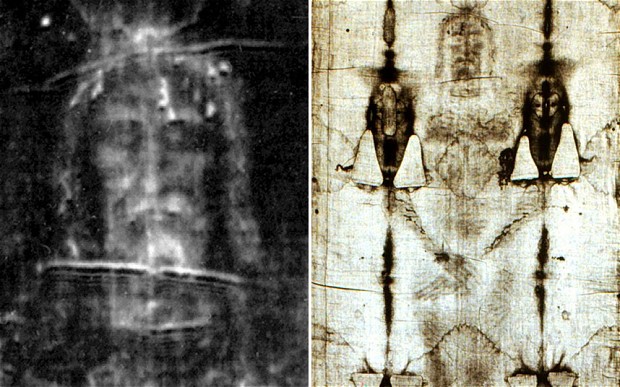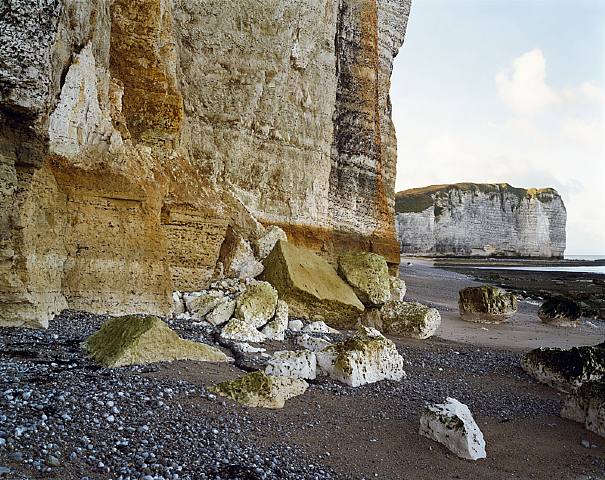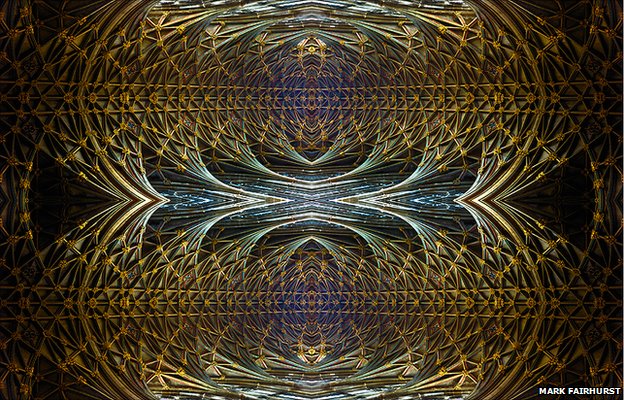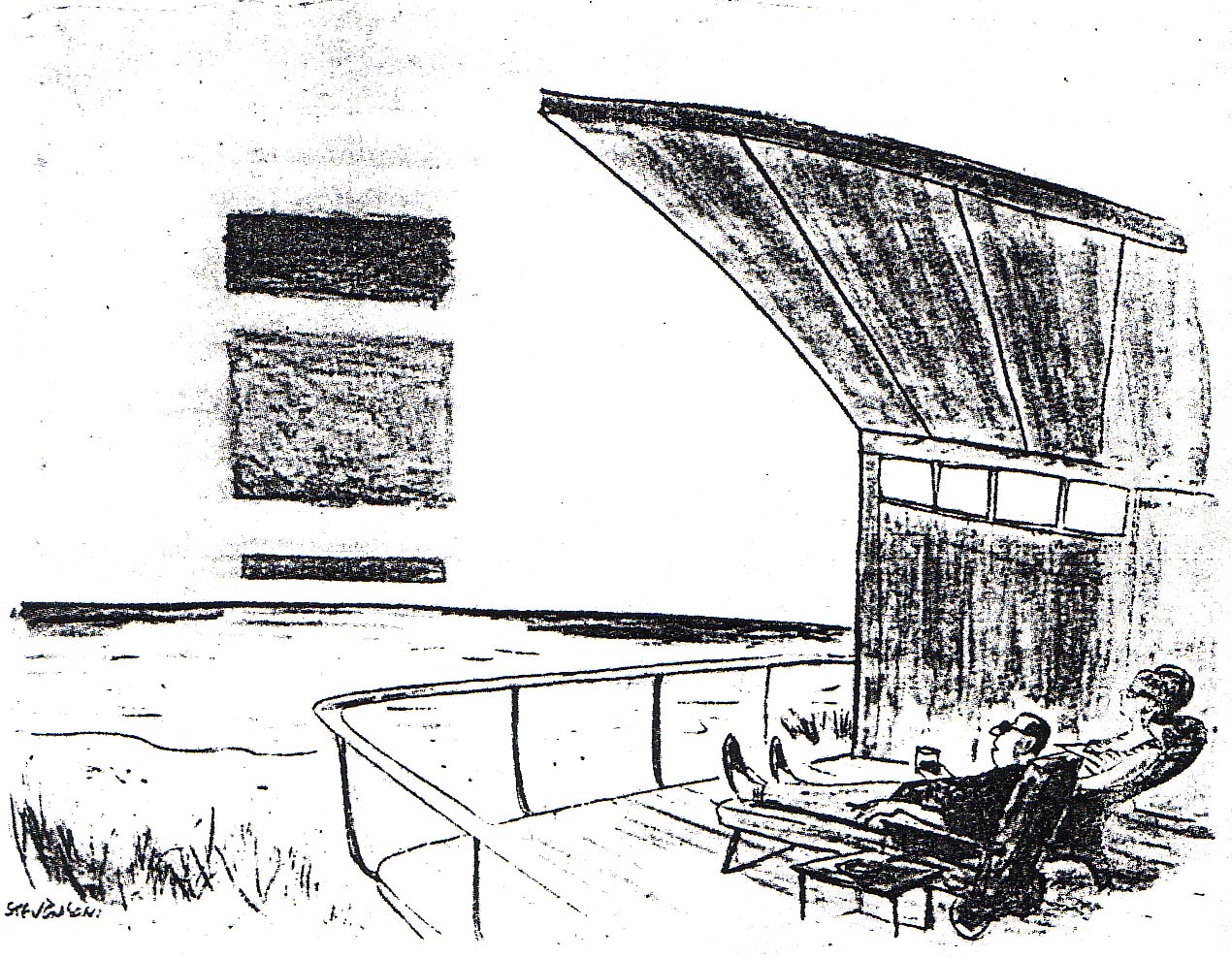For the forthcoming Images, Icons and Idols conference at the University of Manchester, I hope to present a paper with the title and abstract below. Forming part of my doctoral research, this paper will contribute to a chapter on the iconic characteristics of the photograph, particularly as they relate to the interpretation of biblical texts:
Photographing Jesus: Truth, Typology and the Turin Shroud
The first photographs depicting Jesus in the nineteenth century were typically defined by fine art conventions relating to symbolism, dress, age and pose (Gabriel Harrison, Léon Bovier, Fred Holland Day among others). A relatively young medium, the interpretation of photography’s realism, to our modern eyes, is not convincingly suited to ideal representations of a religious or mythological nature. However, in the person of Jesus Christ, the combined aspects of an historical flesh-and-blood figure and an iconic, divine being receive a unique hermeneutical treatment in the form of photography. Taking the specific example of the Turin Shroud when it was first photographed in 1898, this paper will present the photographic aspects of its representation of the crucified body, and examine the visual interpretation by which these have become evidentially and ontologically ascribed to Christ. The extent of the denoted and the connoted photographic image (Roland Barthes) on the Shroud will be discussed with reference to, respectively, the physical record of truth (as it correlates to the Gospel accounts of Jesus’ death) and the notion of the icon as a form of typology in reverse. With regard to the latter, the perceived presence of the real object of veneration is, I suggest, less the subject of discourses relating to material idolatry and instead a visual correspondence after-the-event to the textual pre-figurations of Isaiah 52-53.
Header image: The Turin Shroud, from photographs by Giuseppe Enrie, 1931.



